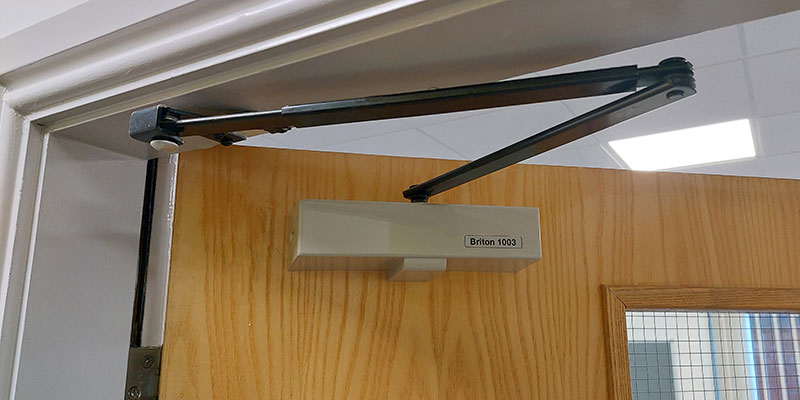Monday 14th May 2012
Recently Safelincs added several new site alarms to their range. These included the Evacuator Site Guard call point and push button alarms, the Evacuator Tough Guard and the newly released Evacuator Tough Guard Wireless.
All four of these alarms are designed for use in building and construction sites, temporary marquees, camp sites, markets etc. where installing a permanent fire alarm system would be impractical and unnecessarily costly.
The Evacuator Site Guard is ideal for less harsh environments, such as camp sites and markets, while the Evacuator Tough Guard is perfect for busy building and construction sites where it may encounter water, dirt, dust and debris. The Tough Guard features an IP56 rated weatherproof enclosure that copes with harsh weather conditions and the occasional knocks and bumps it may have to endure.
These battery powered alarms can be used as standalone units or linked using 2 core wire. Running interlink cables all over a busy construction site may not be safe or practical, and this is where the new Tough Guard Wireless comes in. The Tough Guard Wireless has all the strength, durability and weatherproof protection of the standard Tough Guard with the added benefit of completely wireless interconnection to other Tough Guard Wireless units. The amazing 18,000m wireless range, long life battery and extremely loud 118dB sounder make these alarms an essential piece of safety equipment for any situation.
Take a look at the new models in our site alarm product range.

